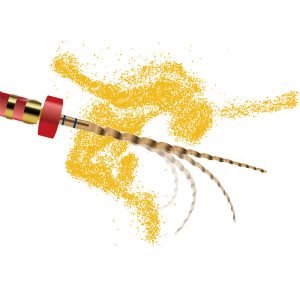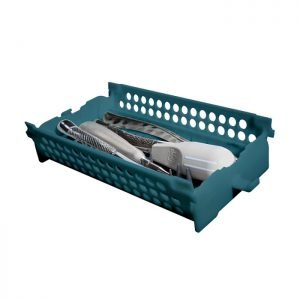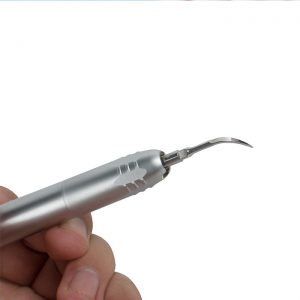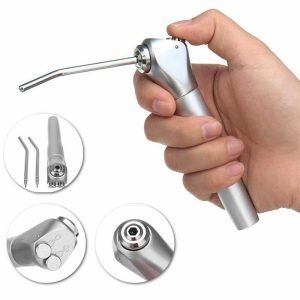Features
1) ULTRA-SLIM FOR EASY POSITIONING:
Slim, CMOS ensures that patients are as comfortable as possible.
- Placing and positioning a sensor in the patient’s mouth is still challenging.
- Over the years digital sensor technology has been improved to achieve patient comfort.
- VATECH R&D Center found out the thickness that minimizes pain from the test, and leads the technology to maintain the thickness while using CMOS chip.
2) PATIENT ORIENTED DESIGN:
Rounded corner design allows maximum comfortable placement against soft tissue.
- Patients feel pain because delicate oral mucosa gets pressure from a hard sensor corner.
- A rounded corner can reduce that pain. But it has a possibility of reducing the active image area.
- This is the technology that sustains the perfect balance between them.
- Ergonomically designed sensors in 3 different sizes meet the needs of various cases.
- The rounded & cut edges provide the best possible comfort for the patients.
- The Vatech’s unique size 1.5 sensor fits almost all patients.
3) BEST IMAGE QUALITY :
EzSensor Classic provides the image for accurate diagnosis and treatment planning. VATECH Excels in Visible Resolution & Contrast.
- The science behind the VATECH Sensor and software delivers the best image quality versus the other sensor. With the VATECH system, you get unparalleled radiographs that are extremely clear, sharp and highly detailed – most importantly, at lower exposure settings.
- EzSensor Classic covers a wide range of exposure settings, capturing a consistent and diagnosable image. With our high sensitivity sensor, you can capture diagnosable images under any conditions, even when using old X-Ray sources. Patients can get the advantage of the lower radiation.
- Thanks to the high contrast, it could be possible to look inside different density(opacity) in detail. Moreover, you can distinguish interproximal carries from the image easily.
4) QUANTUM EFFICIENCY:
- VATECH hardware and software work in harmony to compensate for radiation variances thus guarding against under and overexposure.
- That means you are able to get more clinically usable, more consistent images at a wider range of exposure settings.
- You benefit from a reduction in the number of exposure-related dental x-ray retakes, and your patients benefit from the reduction in radiation.











Reviews
There are no reviews yet.